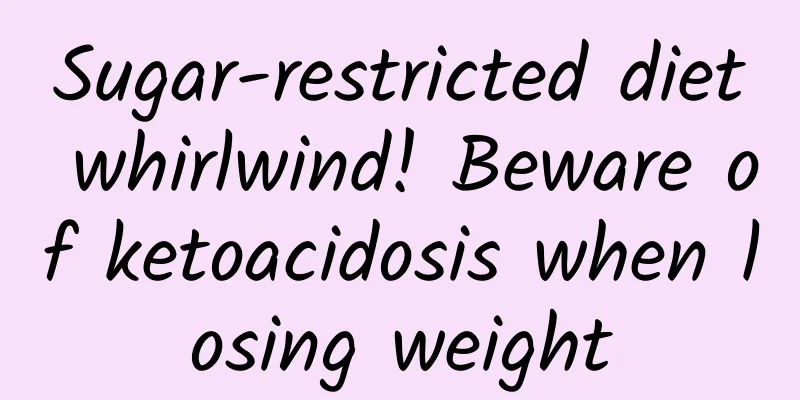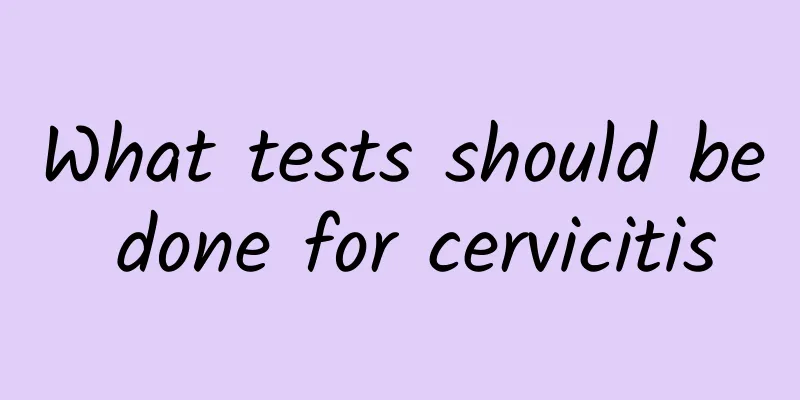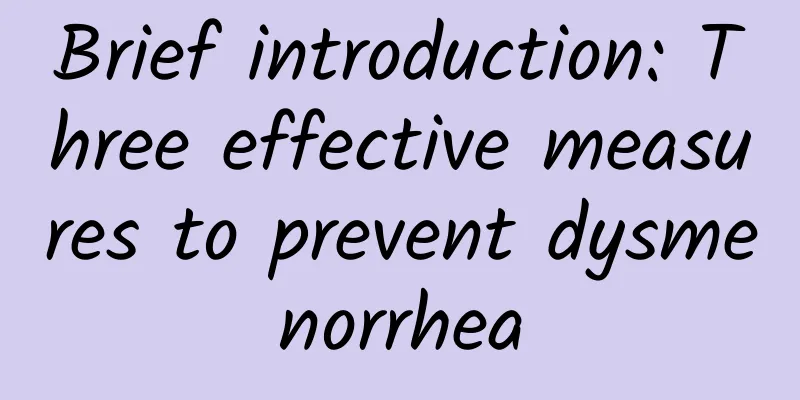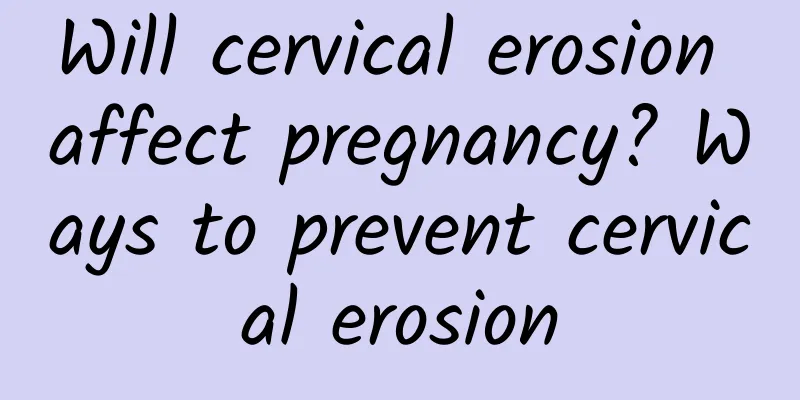Sugar-restricted diet whirlwind! Beware of ketoacidosis when losing weight

|
Obesity is the public enemy. In recent years, Japan and Taiwan have launched a "sugar-restricted diet" that emphasizes not eating starchy staple foods and limiting sugar intake to quickly lose weight. However, weight loss doctors remind people that long-term lack of starch carbohydrates can easily lead to ketoacidosis and chronic diseases, so people must not take it lightly. The sugar-restricted diet for weight loss emphasizes not eating starchy staple foods, which can easily cause ketoacidosis in the long run. Liu Boen, chairman of Mackay Memorial Hospital and a weight loss specialist, pointed out that basically, a sugar-restricted diet means not eating foods high in carbohydrates (sugars), such as rice, bread, noodles, potatoes, etc., for three meals a day, and the total amount of sugar intake per meal should be less than 20 grams. The advantage is that "the effect can be felt immediately" and it has a rapid weight loss effect. Sugar-restricted diets can easily lead to ketoacidosis Although reducing the intake of starchy carbohydrates can force a reduction in the burning of body fat, it can cause a large amount of fat to accumulate, making it easy to gain weight again; and long-term reduction in sugar intake may harm health, cause ketoacidosis, and lead to damage to liver and kidney function. If this method is implemented for more than 3 months, the harm may be greater and may even lead to cardiovascular disease or the risk of chronic disease. Dr. Liu Boen's clinic has treated many cases who were afraid to eat rice in order to lose weight. They ate fruits and vegetables as the main meal for at least 3 months. Although the weight has decreased, patients often feel that their immunity has decreased, they often catch colds, feel easily tired, have cold limbs, bloating, and even young women experience delayed menstruation. Weight loss specialist Dr. Liu Bowen (left) stressed that eating more high-GI foods, such as refined starchy foods, will accelerate the rise in blood sugar. (Photo courtesy of Taipei Mackay Memorial Hospital) Low GI foods slow blood sugar levels Instead of reducing the intake of sugary foods, it is better to carefully select low GI foods. Dr. Liu Boen emphasized that it has been clinically proven that consuming more low GI (Glycemic Index) carbohydrates is an effective method of diet control. The so-called GI value refers to the ability of food to increase blood sugar. The more difficult the food is to digest, the less likely it is to increase blood sugar. Low GI foods can be roughly divided into two categories: unrefined whole grains and high-fiber fruits and vegetables. Foods rich in fiber, such as brown rice, oatmeal, wheat, barley, buckwheat noodles, whole wheat pasta, leafy vegetables and fruits, mushrooms, seaweed, kelp, etc., are all low GI ingredients. Most processed foods are high in GI Generally speaking, the more processing steps a food goes through or the more it is cooked, the higher its GI value is. Especially refined processed foods that are high in sugar, oil, and low in fiber, such as oily noodles, white toast, French bread, donuts, etc., are all high GI foods, which are digested and absorbed relatively quickly and easily lead to fat accumulation. In fact, eating more high GI foods, such as refined starchy foods, will accelerate the rise in blood sugar, easily cause hunger and induce appetite, increase food intake, promote food metabolism, produce a large amount of fat, and increase the accumulation of fat in the human blood or cells. It is especially unfavorable for diabetic patients to control blood sugar or those who want to lose weight to control weight. [Doctor's reminder]: Many people think that fruits are low-GI foods, so they eat them without scruples, and even make them into juice to replace regular meals, thinking that they can achieve weight loss effects. However, they actually get fatter the more they drink. This is because fruits are very sweet and have high calories. After being blended into juice, the GI value is higher than that of the whole fruit, which should not be underestimated. |
<<: Say goodbye to Chinese New Year fat with these 3 moves to get rid of elephant legs
>>: A man’s charm is not just about his face! 2 tips to create sexy buttocks
Recommend
Patients with Hepatitis B virus (HBV) must pay attention to 3 things when having an abortion
Things to note when having an abortion for patien...
What types of cervical erosion can be divided into according to the manifestations
Cervical erosion is a common condition of the fem...
Family planning is a good way to prevent cervicitis
The prevention of cervicitis has always been a to...
Learn about the common symptoms of adnexitis with experts.
Do you know the common symptoms of adnexitis? We ...
Symptoms of late stage premature ovarian failure
Late symptoms of premature ovarian failure: Prema...
Dietary precautions for patients with chocolate cysts
Many people now know about ovarian chocolate cyst...
How to prevent cervical warts in women
Cervical warts are a common type of sexually tran...
What are the causes of adnexitis?
Adnexitis is a common disease among female friend...
Some specific care methods in the diet of adnexitis
Adnexitis, like other diseases, also requires die...
How to treat cervicitis quickly and effectively
The appearance of cervicitis has brought a lot of...
How can women prevent uterine fluid accumulation?
Uterine effusion is also a type of gynecological ...
How improper sexual activity can lead to pelvic inflammatory disease
Improper sexual life is one of the main causes of...
How long will it take for menstruation to come after an abortion?
How long will it take for menstruation to come af...
What are the specific symptoms of cervical erosion in women? 7 common symptoms of cervical erosion in patients
Many women are in a self-deceiving ostrich mental...
The relationship between adnexitis and pelvic inflammatory disease
The relationship between adnexitis and pelvic inf...









